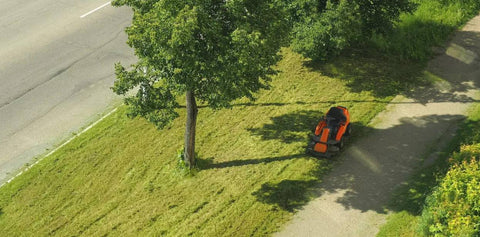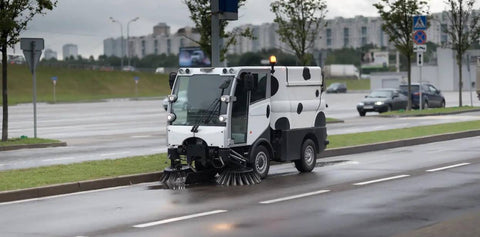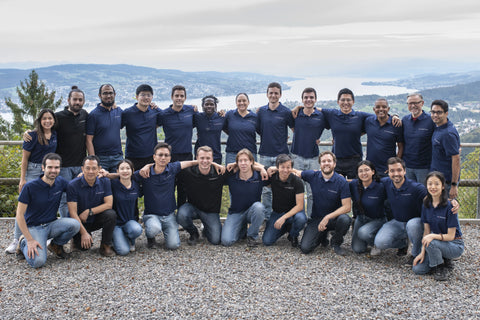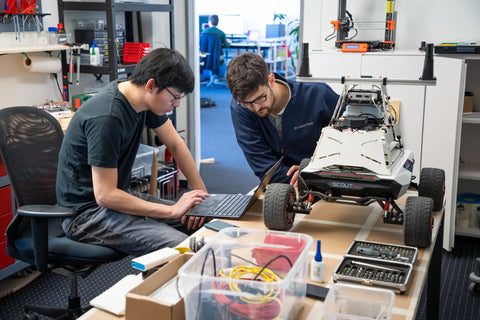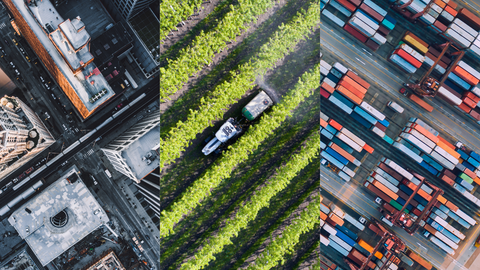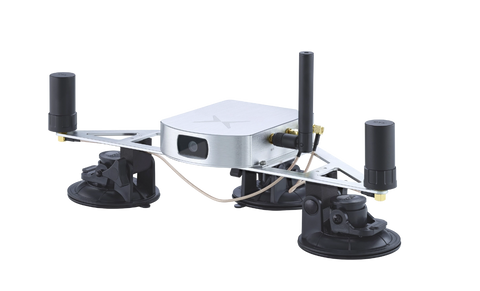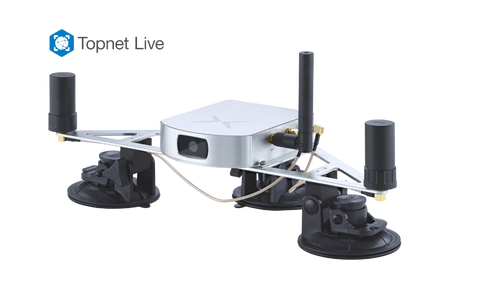To get an insight into the developments in the market and to meet potential customers, suppliers and partners, we visited this year’s Consumer Electronics Show in Las Vegas. At CES, technology trends and innovations spanning much further than just consumer electronics are presented. Looking at the exhibitors, some clear trends can be detected:
- Service and utility robots prepare to move into outdoor environments, it’s not just indoor service robots anymore, but curb side food delivery robots, autonomous snow blowers, sweeping robots, patrol robots and smarter robotic lawn mowers which are not tied to any boundary wires anymore.
- Delivery robot providers are using a more pragmatic approach of remote controlling their fleet or at least providing remote assistance to partially autonomous robots while emphasizing that this is a temporary solution while developing solutions enabling full autonomy.
- The big automotive players seem to realize that the developed autonomy stack might not be enough for everyday operation in cars, but for more limited industrial use cases where price pressure is not as omnipresent as in their traditional business.
- Big global players in rather traditional industries like John Deere use CES as a platform to show how to innovate and digitize their industry using on board analysis tools.
- To enable smart cities, there’s a push to do efficient city-level data acquisition (traffic, air quality, and/or road damage).
One topic all these developments, independently of the applications like tracking, geo-tagging or navigation, do have in common is that they need a trustworthy, affordable and widely available source of global precise geo-positioning.
However, to achieve this there are still several challenges to overcome: Centimeter to decimeter level positioning accuracy during operation is required. However, conventional GNSS solutions, which solely rely on Global Navigation Satellite visibility, can become unreliable and inaccurate in environments with degraded or blocked satellite visibility.
With its Vision RTK 2 positioning sensor, Fixposition offers a solution. The device utilizes Fixposition’s deep sensor fusion technology, combining high-precision RTK-GNSS with inertial and visual sensors to provide reliable positioning even in challenging environments like cities, forests, orchards and even parking garages and tunnels. These advanced sensor fusion techniques including computer vision based dead-reckoning make it more robust and powerful compared to traditional INS GNSS solutions. The compact and low-power device is ideal for various applications such as autonomous delivery and logistics vehicles, agriculture, mowing and landscaping machines, and others that require precise positioning.

